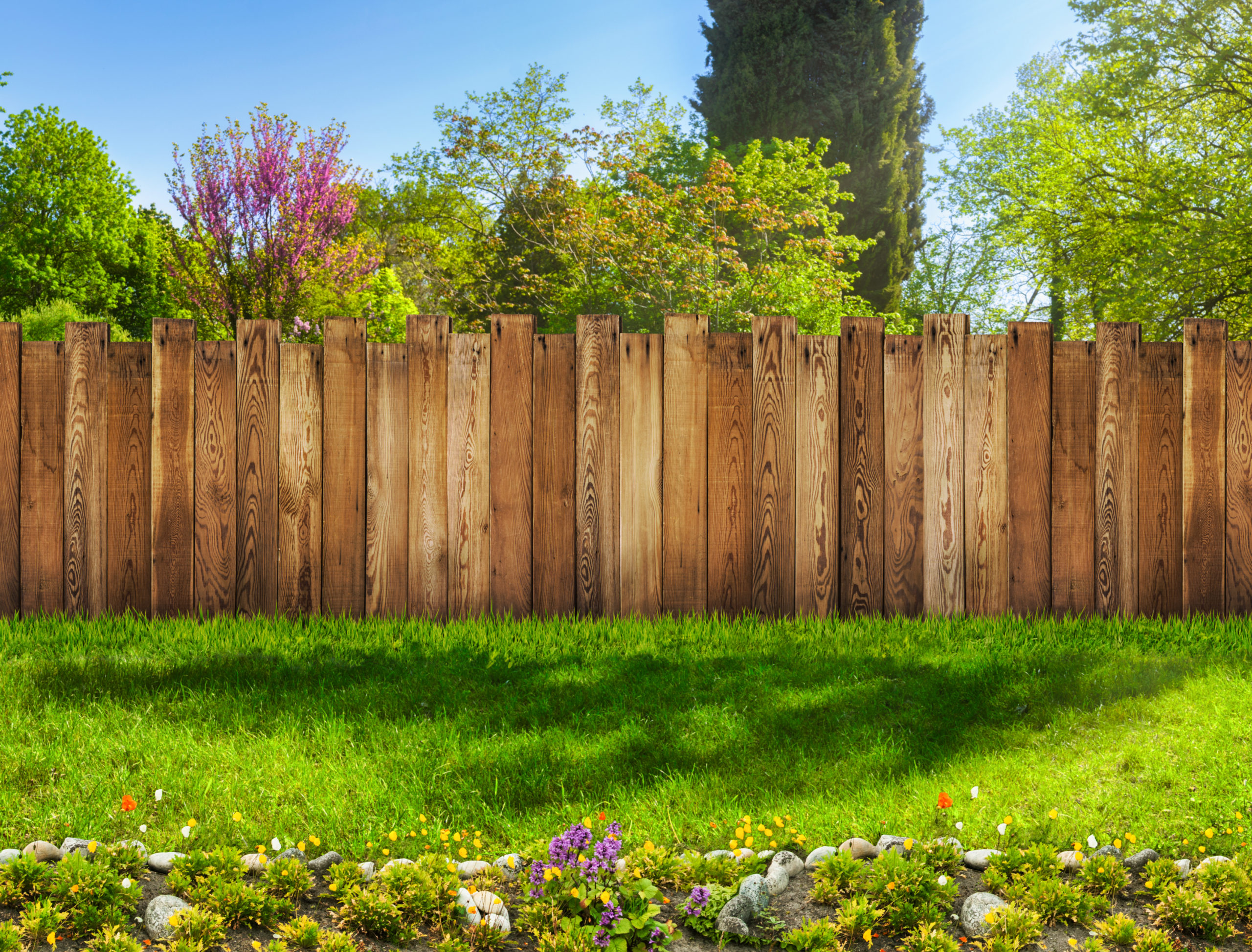
06 Jun 2025 Cheltenham
Thinking of Switching Agents? Here’s How We Make It Easy!…

You may think this is a strange topic, but lots of homeowners remain unaware of the laws regarding garden fences until they find themselves embroiled in a frustrating and costly boundary dispute. So, here you’ll find some expert advice to help you stay well-informed about your property rights and obligations as a homeowner.
Lets get started! Our valuations are based on our extensive knowledge of the whole of the market.
Get a valuation